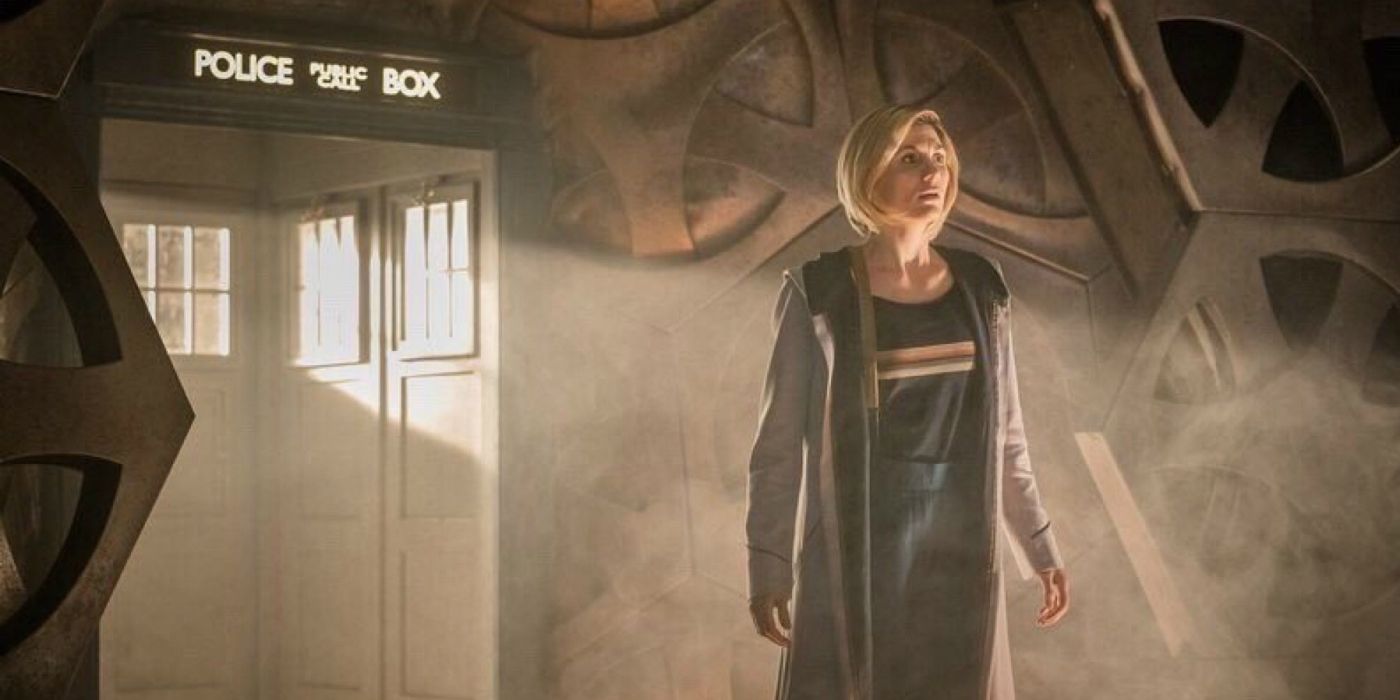
The second episode of Doctor Who season 11, "The Ghost Monument," saw the Doctor and her friends stranded on an alien world with two unlikely (and distinctly uneasy) allies. It was a tremendous episode, building up to a satisfying climax where the Doctor changed the rules of a cosmic race and ultimately regained her precious TARDIS.
New showrunner Chris Chibnall has promised that season 11 will return to a more episodic format, but it's already becoming clear that certain key themes and ideas are running through the season. The most notable of these is that of "family," a theme that was central to the premiere and became important in this episode as well. That said, Chibnall's approach to the season-wide themes seems to be a lot more natural than previous showrunner Steven Moffat; they're developing quite organically, and it will be fascinating to see how they develop next week.
Related: Who Are The Doctor's Family (And Are They Important In Doctor Who Season 11)?
Given that's the case, then, let's take a look at all the questions raised by "The Ghost Monument." And there's only one way we could possibly begin:
- This Page: Mysteries of the TARDIS and the Timeless Child
- Next Page: The Looming Threat of the Stenza
1. Does The New TARDIS Live Up To The Hype?
A TARDIS redesign has become something of a tradition for Doctor Who; every new Doctor seems to get a brand new TARDIS. Given that season 11 is essentially a relaunch of the BBC's longest-lived science-fiction TV series, the revelation of the new TARDIS was always going to be important. This reveal was saved it for the end of the second episode, and then took its time, allowing viewers to explore the new TARDIS interior for the first time. Everything was seen through the prism of the delighted Doctor, encouraging audiences to fall in love with the TARDIS just like the Doctor was.
This new TARDIS is a dramatic change from any version we've seen before. The entrance is reminiscent of Paul McGann's, the orange glow of David Tennant's. But, in general, it's far more atmospheric than before, and is frankly almost imposing. There are strange giant crystals, shifting trans-dimensional walls, and mysterious shimmering viewscreens. As always, the console itself is a mess, with everything from buttons and levers to sand-timers and even a spinning TARDIS model. It's going to take some getting used to; previous seasons have released virtual tours of the latest TARDISes, and hopefully the BBC will do the same here.
2. Why Was The TARDIS Out Of Phase?
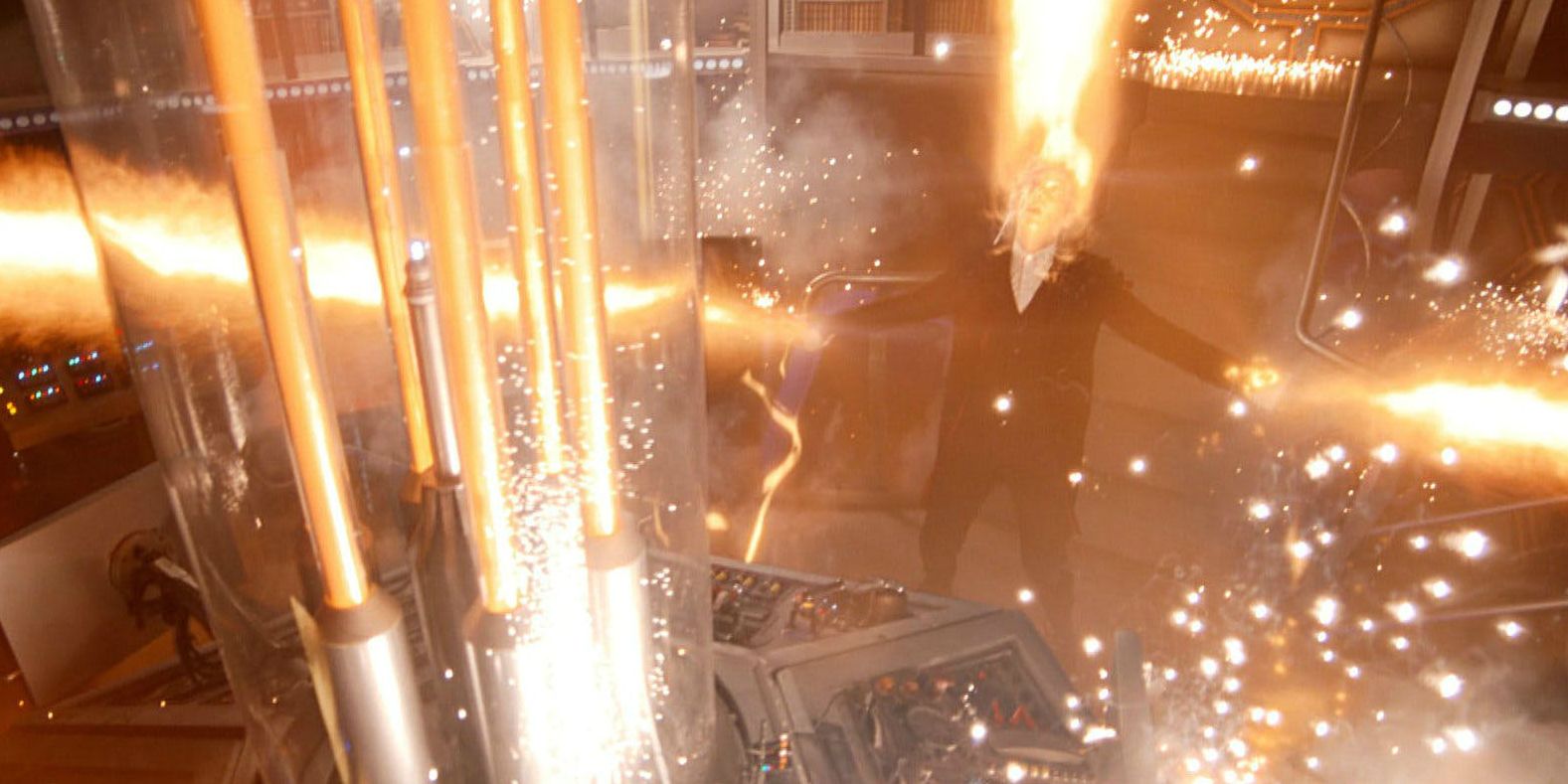
The Doctor's regenerations have become increasingly spectacular since the series was revived back in 2005, but Peter Capaldi's appears to have done more damage to the TARDIS than any we've seen before. The burst of regeneration energy seared the interior of the craft, and did enough damage to send the TARDIS spinning off through space and time. For some reason the TARDIS became anchored to a single planet (more on that later), but it was still out of phase - apparently half-materializing once every thousand years, thus earning the title "The Ghost Monument." We've never seen a regeneration do quite this much damage to the TARDIS before. What was different, and why did the TARDIS get stuck out of phase for so long?
Related: How Doctor Who Failed Peter Capaldi
3. Why Did The TARDIS Dump The Doctor On Earth, And Wind Up On Desolation?
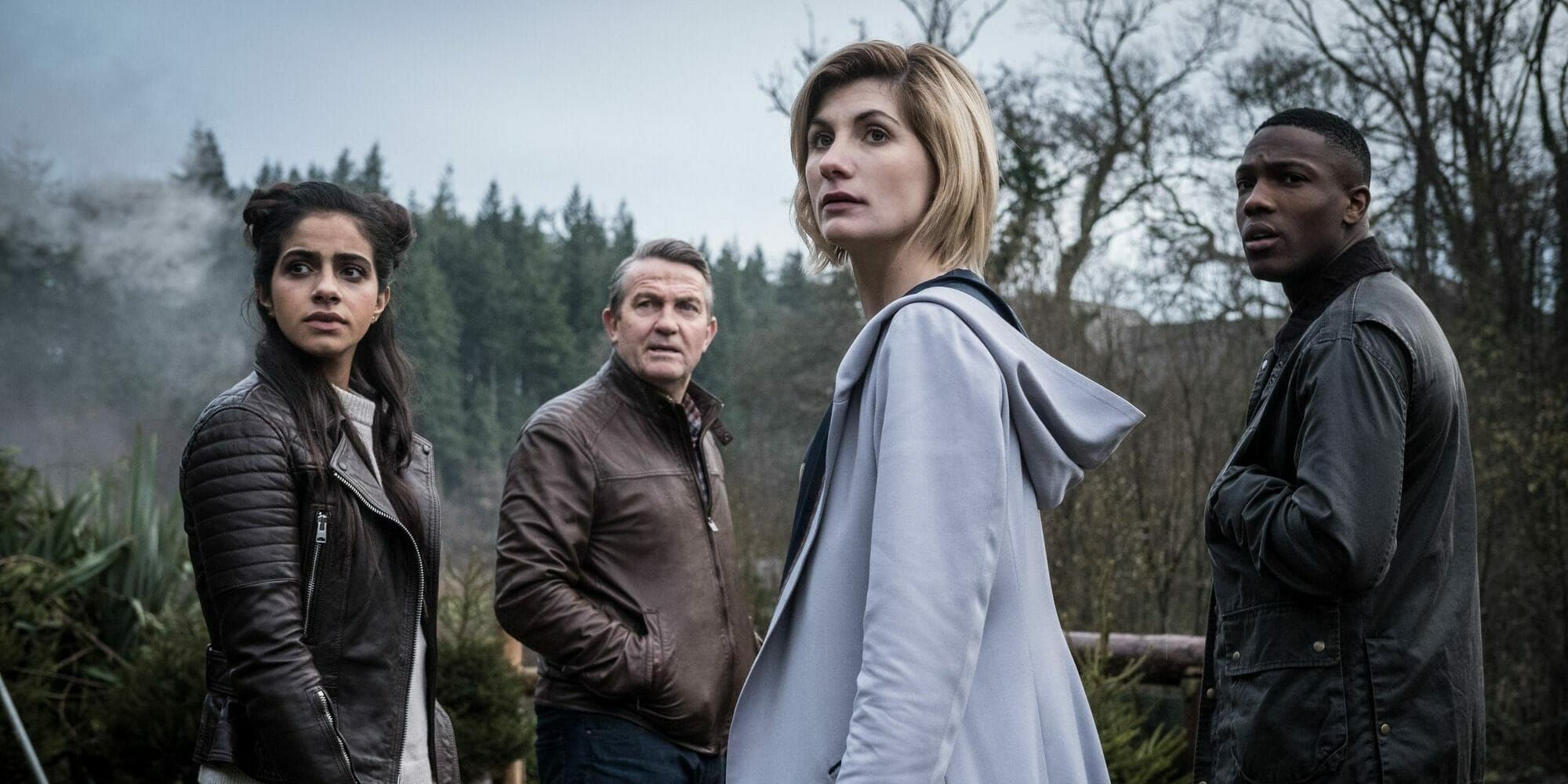
Given the extent of the damage the TARDIS suffered, we can assume that it dropped the Doctor off on his/her favorite planet so as to keep him/her safe. But that being done, why did the TARDIS then head away from Earth to a star system 5,000 galaxies away? Why did it become anchored to Desolation, to the extent that even though the planet's orbit was shifted it still materialized on the surface? Perhaps the answer is that the TARDIS was so badly damaged it got to Earth and ejected the Doctor, before spiraling out of control, heading off to anywhere and anywhen. It's doubtful that season 11 will ever really address this mystery, so that's probably the best explanation we'll ever get.
4. Who Is The Timeless Child?
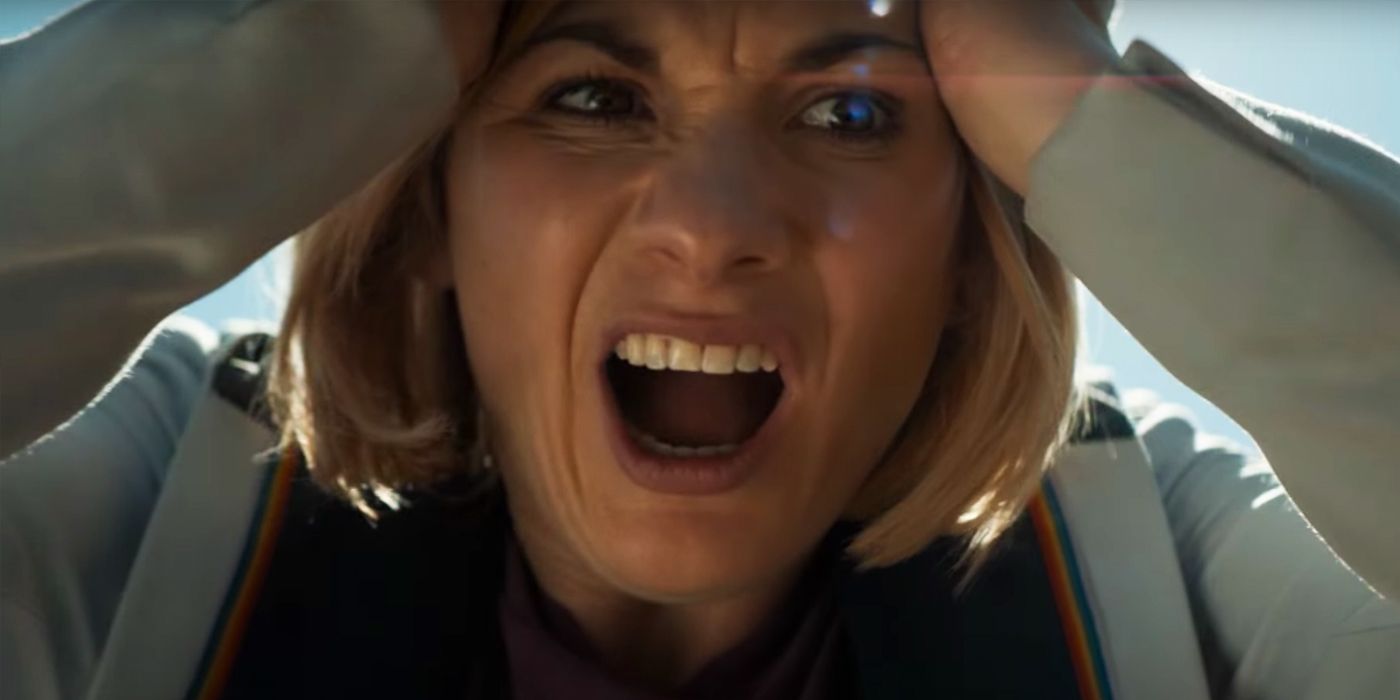
This is definitely one of the biggest mysteries of the episode. In one scene, the monstrous Remnants - dangerous ribbon-creatures - attempt to frighten the Doctor by peering into her mind. They do a surprisingly good job, speaking of a mystery that lies in the Doctor's past. "We see deeper though, further back," the Remnants whisper. "The Timeless Child… we see what’s hidden, even from yourself. The outcast, abandoned and unknown…"
There's no way a line that isn't setup for something big later on in the season. But who is this mysterious Timeless Child? The top possibility is that it's the Doctor herself, with an aspect of her personal history repressed and forgotten. Another option, given themes of family are important in season 11, is that they're referencing the Doctor's parents - or even her children.
Page 2 of 2: The Looming Threat of the Stenza
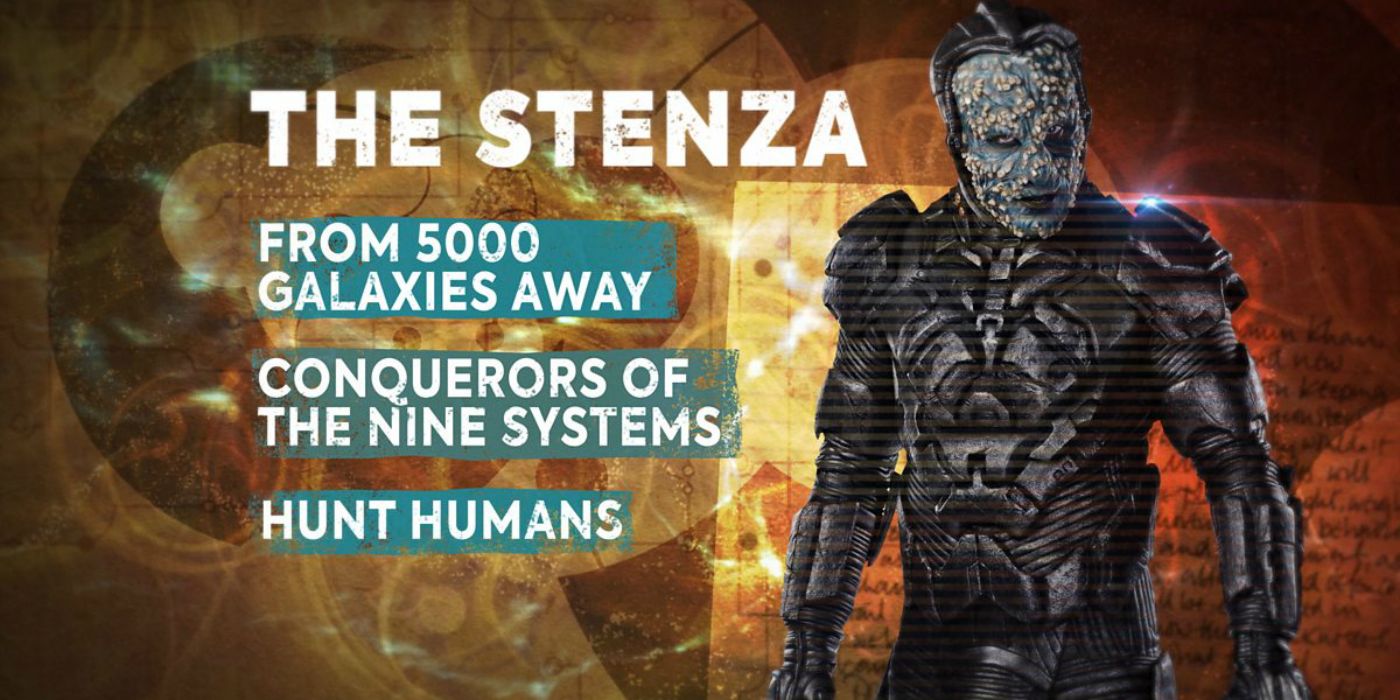
5. Are the Stenza the Big Villains of This Season?
Last episode introduced a new alien race, the Stenza, when their would-be leader headed to Earth to hunt down a random human in order to claim his throne. The Stenza were a dangerous race, able to kill humans with just a touch of their skin, and Tzim-Sha claimed they were the conquerors of the "Nine Systems." The Stenza appeared to be a classic Monster of the Week, but surprisingly they returned again in "The Ghost Monument" - after a fashion. We learned that the Stenza were the ones responsible for the fate of the world known as Desolation; they had forced its scientists to create unspeakable weapons, which had then run amok and destroyed the entire planet. Equally chilling, we learned that they were in the middle of an act of genocide, systematically wiping out the Albarians.
It can't be a coincidence that we've had two references to the same race; are the Stenza really the main villains of season 11? After all, the Doctor is a cosmic do-gooder in every one of his/her incarnations. Surely she won't be able to resist getting involved now she knows just what the Stenza are up to.
Related: Doctor Who Season 11 Premiere Review
6. How Recently Was Desolation Destroyed?
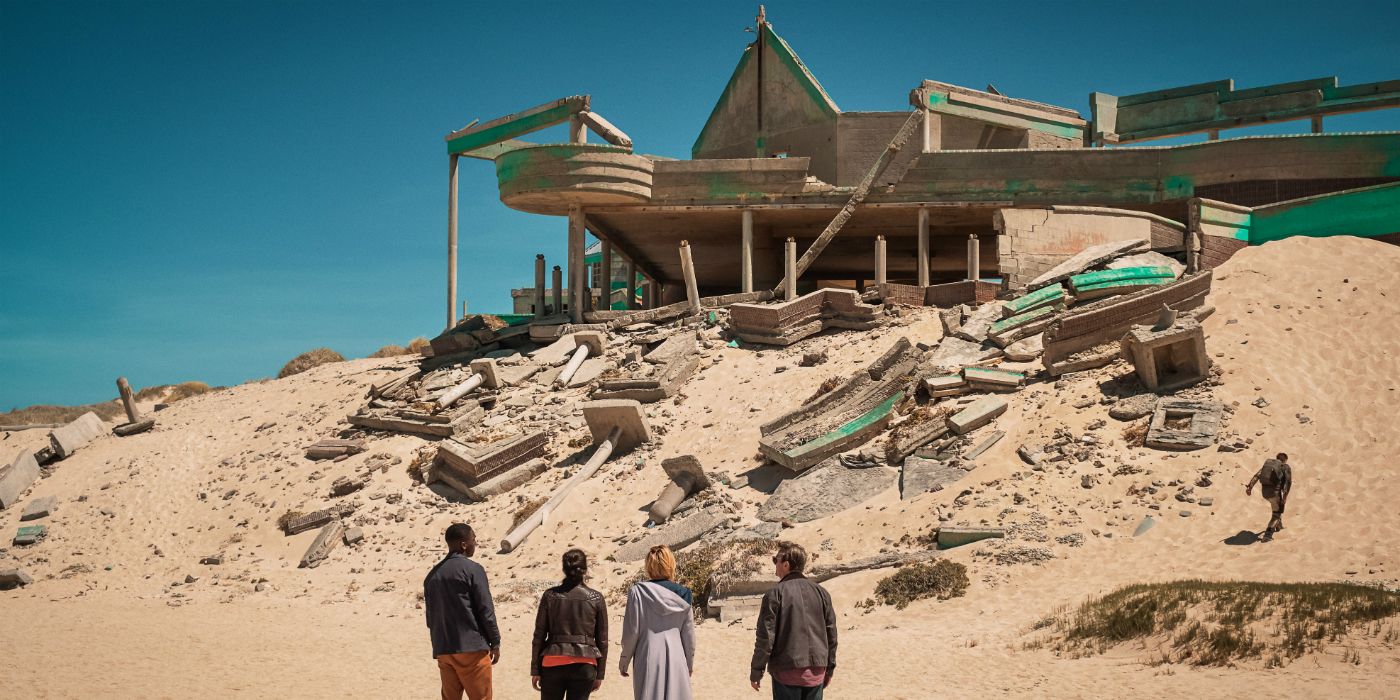
All this raises an obvious question; just how long have the Stenza been up to mischief? The state of the ruins on Desolation strongly suggests that it's been quite some time since they forced that world's scientists to engineer weapons for them. In theory the flesh-eating bacteria in the planet's water could survive for hundreds of years. This could actually be quite important; not only do the Stenza possess all the weapons we saw in "The Ghost Monument," but they've also had a long time to develop new ones. There's also no reason to assume they only pulled this trick once, meaning the Stenza could have quite a formidable arsenal.
7. Are Albar and Althus In The Nine Systems?

Given we're clearly in Stenza territory, we can't help wondering whether the two worlds mentioned in this episode - the doomed Albar and the barely-described Althus - are part of the Nine Systems the Stenza claim they rule. If that's the case, they could be committing far more than just the one act of genocide at a time; that could well be their standard modus operandi.
8. Why Haven't The Stenza Invaded Earth?
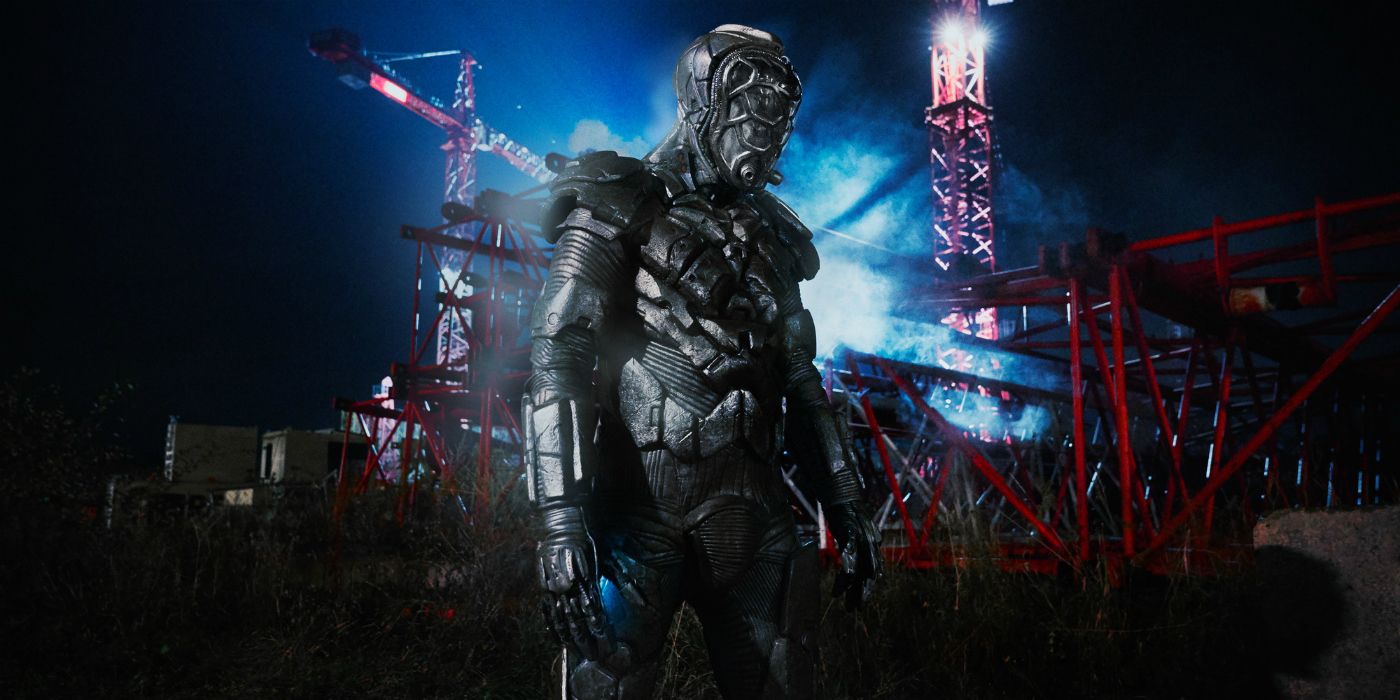
Spinning out of this is another oddity: why haven't the Stenza invaded Earth? Given humanity's natural instinct for creating weapons of war, you'd think they'd definitely want to force us to create weapons for them. Instead, they seem satisfied with using Earth as a hunting ground. Why is that the case? What's more, now that the Doctor has brought a hunt to an unsuccessful conclusion, will the Stenza change their attitude towards Earth and decide we should be conquered after all? If so, Tzim-Sha's fellow Stenza will be in for a nasty surprise. Earth is, after all, defended.
9. Where Would Pythagoras Get Shades From?
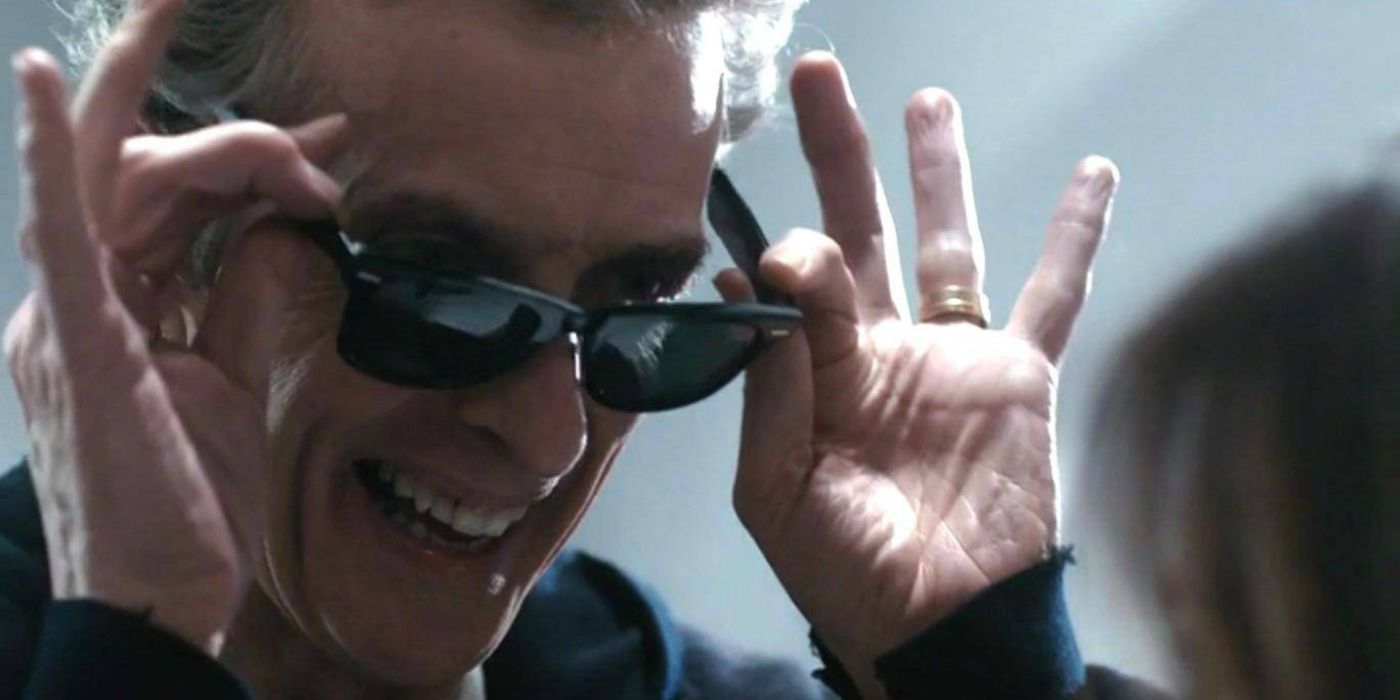
It didn't take Jodie Whittaker's Eleventh Doctor long to start dropping names. In this case, she notes that she could have borrowed her shades from Pythagoras, and quips that he needed them while recovering from a hangover. That raises the obvious question; just where did Pythagoras get a pair of shades from back in 500BC?
Related: Doctor Who: Why Jodie Whittaker Is Already A Great Doctor
10. How Long Can A Human Survive In Space?
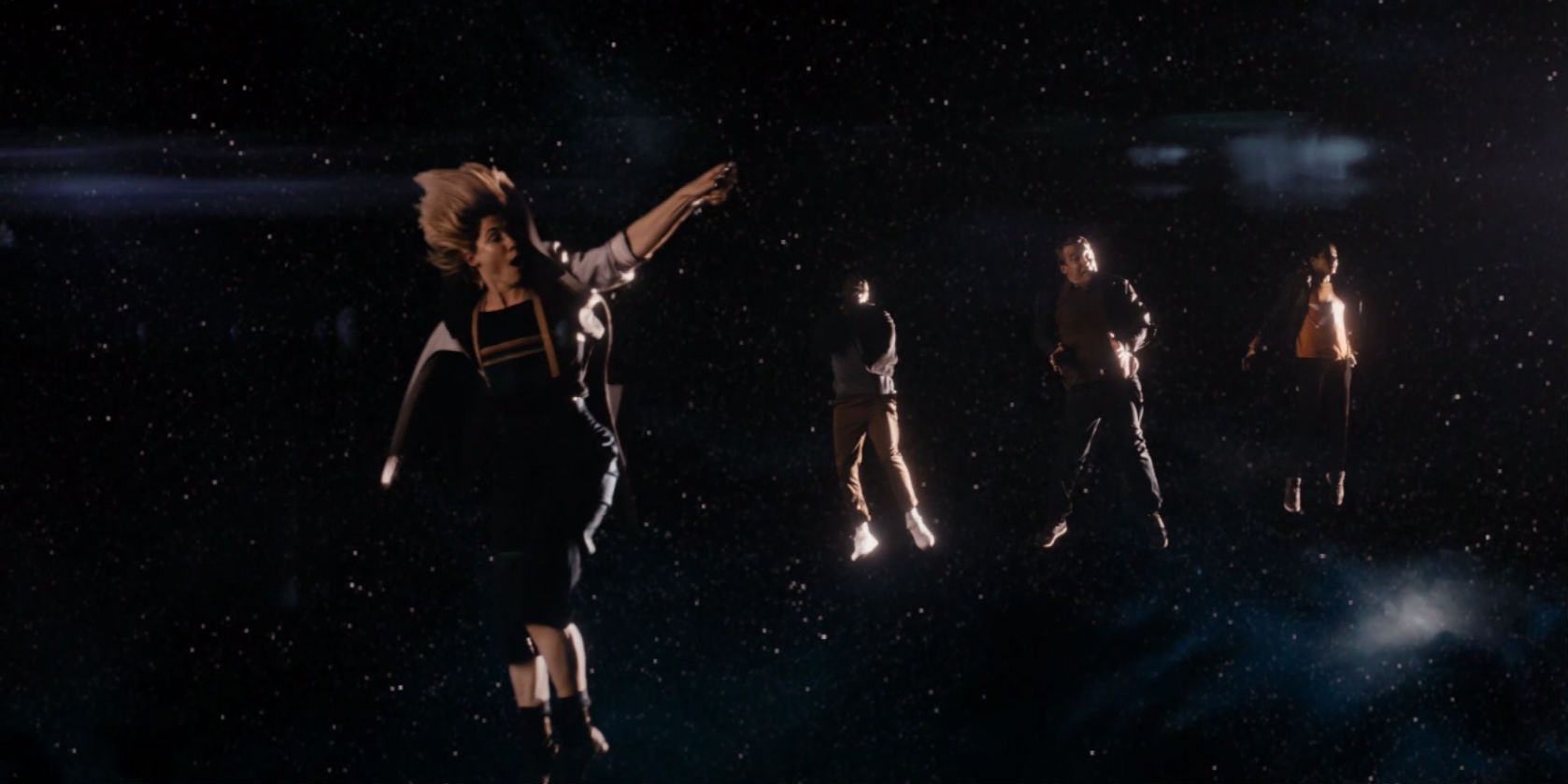
Finally, forgive the pedantry, but we have to wonder; just how long can a human being survive in space? The opening scene sees the Doctor and his friends stranded in space for at least 18 seconds. Back in season 10, Peter Capaldi's Doctor delivered a scathing lecture on the impact being in space would have on the human body.
"So, how does space kill you? I’m glad you asked. The main problem is pressure. There isn’t any. So, don’t hold your breath or your lungs will explode. Blood vessels rupture. Exposed areas swell. Fun fact! The boiling temperature of water is much lower in a vacuum. Which means that your sweat and your saliva will boil, as will the fluid around your eyes. You won’t notice any of this because fifteen seconds in, you’ve passed out as oxygen bubbles formed in your blood. And ninety seconds in, you’re dead. Any questions?"
Given that nobody was expecting to materialize in space, we can safely assume neither the Doctor nor his friends were holding their breath. They were definitely exposed to vacuum long enough for the humans to pass out, although it's safe to assume the Doctor's Time Lord physiology will have been a bit hardier. There should have been a pronounced health effect on all of the humans given the length of their exposure. We can only assume they were treated in those medi-pods.
Still, at least this brief scene is guaranteed to be less problematic than Leia's spacewalk in Star Wars: The Last Jedi.
More: How To Watch Doctor Who Season 11: Air Time, Streaming Options
from ScreenRant - Feed https://ift.tt/2QS2K1m

0 Comments